History of West Campus
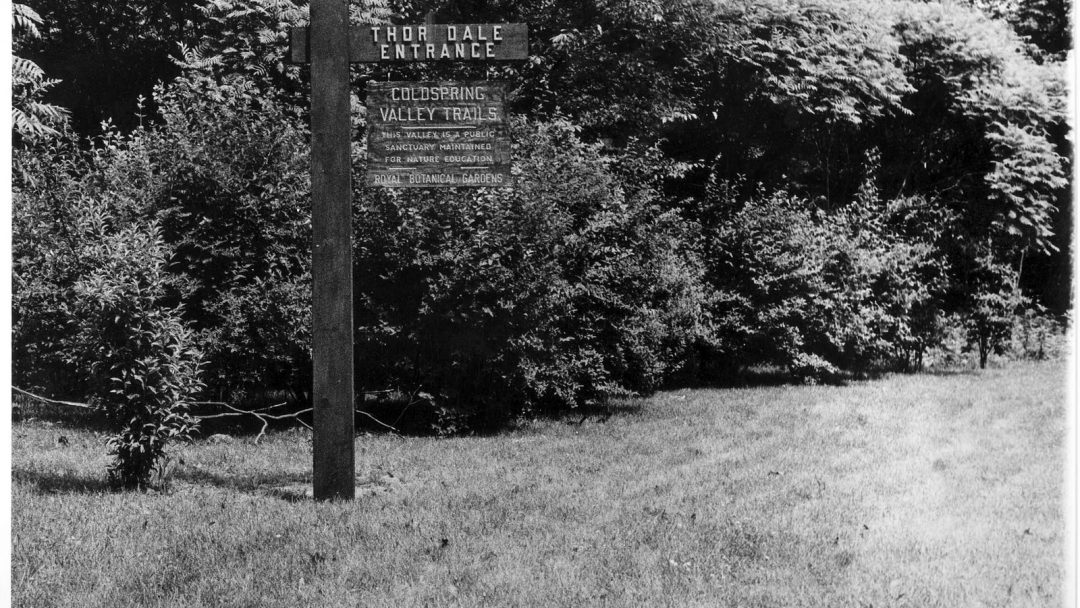
West Campus (also known as Lower Campus) is a common sight for many McMaster students, particularly those who drive to campus. However, the history of this land is much more storied than the expanse parking lots today might suggest. Take a deep dive into the history of West Campus, from its swampy beginnings to the plans for its future.
Pre-colonization
Prior to European contact, Spencer Creek’s passage through this area and its close proximity to Cootes Paradise would have made what is now West Campus into part of a passageway from Lake Ontario to the Grand River. Evidence of Indigenous usage of Cootes Paradise area (specifically Princess Point) begins as early as 8000 BCE, and continues up until 1650s. Some of the earliest evidence of Indigenous crop cultivation in Canada in this area. Net sinkers, harpoons, and other evidence of hunting and fishing in Cootes Paradise have been found dating back to around 500-1000 CE. The earliest occupation was likely short-term occupation for resource gathering around 500 CE. Evidence of maize cultivation in the area appears by 500 CE at the latest, and there is evidence for villages in this area after 1000 CE (Haines et al., 2011; The Lower Spencer Creek).
1796 – The Johnson Sisters
In 1796, five large parcels of land covering what is now much of Ainslie Wood West and McMaster’s main campus were granted by the Crown to three sisters: Jemima, Mary, and Sarah Johnson.
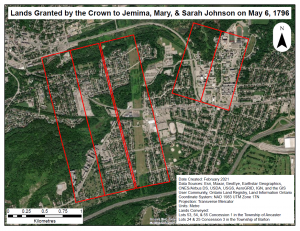
1870s – H&D Railroad
In the 1870s, due to a lack of convenient transportation options between the City of Hamilton and the Town of Dundas, a railway connecting the two communities was proposed. The route passed from Dundas, through what is now West Campus, into the City of Hamilton at what is now Aberdeen Street. Service on the Hamilton & Dundas Street Railway began on May 16, 1879. However, improvements to Main Street paved the way for a bus route between the two communities and the H&D was unable to stay afloat, eventually closing down in 1923 (The Hamilton & Dundas Street Railway (H&D)).

1900-1927 – Before McMaster
In the following years, the areas now covered by McMaster Main Campus remained as agricultural land. Some of the area now covered by West Campus was also farmed, but due to the ravine cut by Ancaster Creek and the swampy terrain, much of it was left forested.
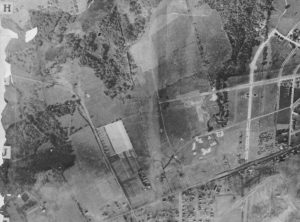
1930s – 1950s – McMaster Grows
In the early years of McMaster University, what would later become West Campus was not owned by McMaster and was in fact an RBG nature sanctuary. This area, known as Coldspring Valley Sanctuary, was known for its bird diversity and wet woodland habitat.
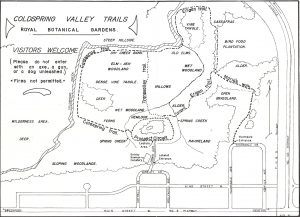
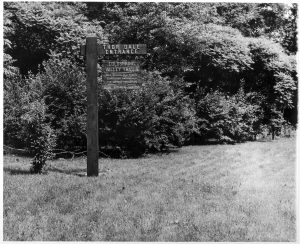
1960s – West Campus is Born
McMaster University acquired the lands that would become West Campus over the 1960s, beginning in 1963 and having acquired all the modern-day West Campus lands by 1969.
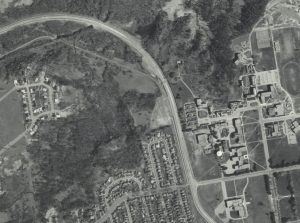
1970s – Parking Lots and Pavement
By 1974, construction on Lot M had been completed, as well as the Facility Services building. This included rerouting Coldwater Creek, straightening it out and pushing it up against the slope on the northwest side of the creek. Additionally, almost all of the forest habitat was removed.
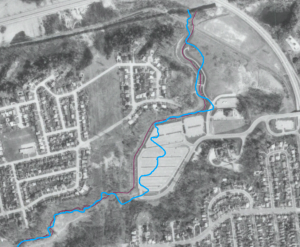
Modern Day – Bringing Back Nature
Over the next few decades, an additional parking lot (Lot P) was completed in the northern part of West Campus. Some forest was able to regrow along the creek and in the northern section of West Campus, but much of the area regrew with invasive species. Nature at McMaster’s current efforts in West Campus include removing these invasive species and planting native species, as well as restoring wetland habitat and improving the health of the ecosystem. Learn more about our work in this area on the West Campus page.
References:
http://www.trainweb.org/hamtransithist/HD.html
Nature Stories